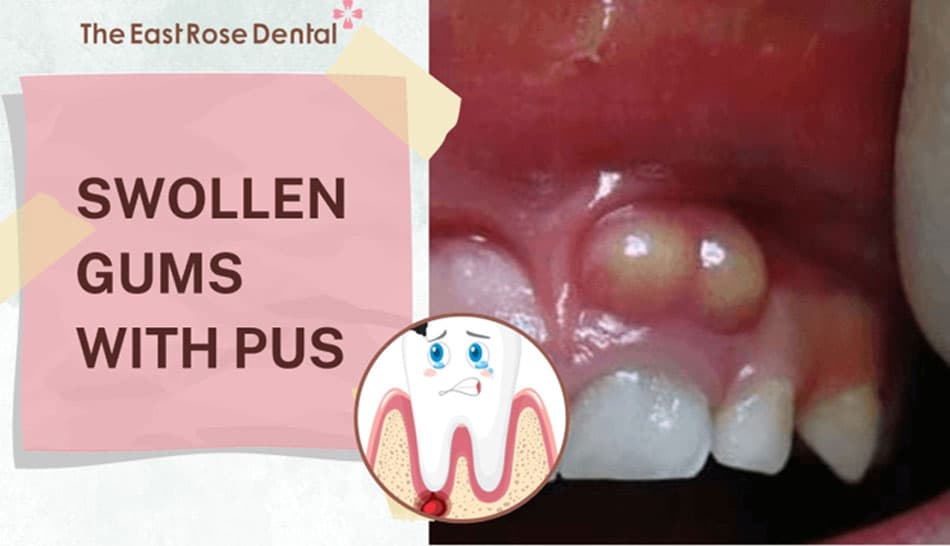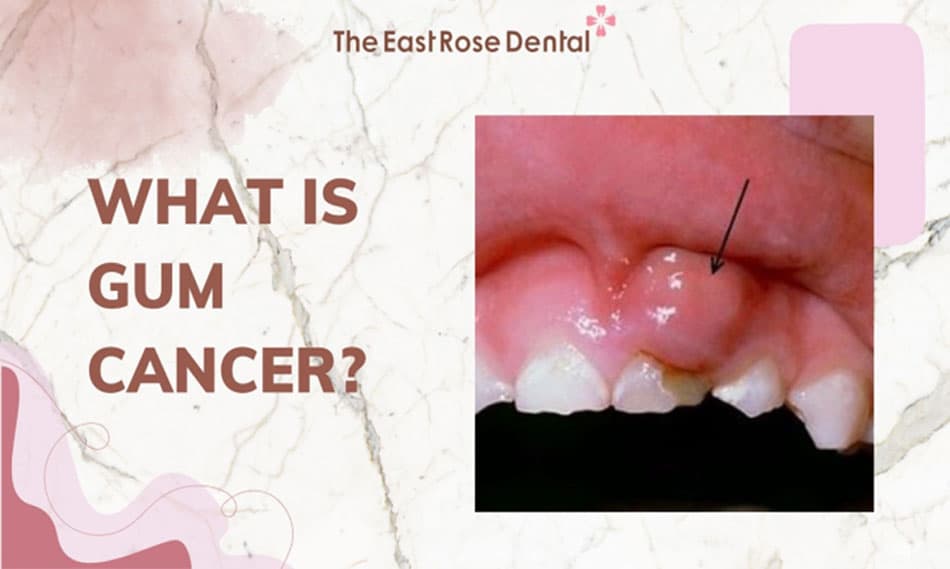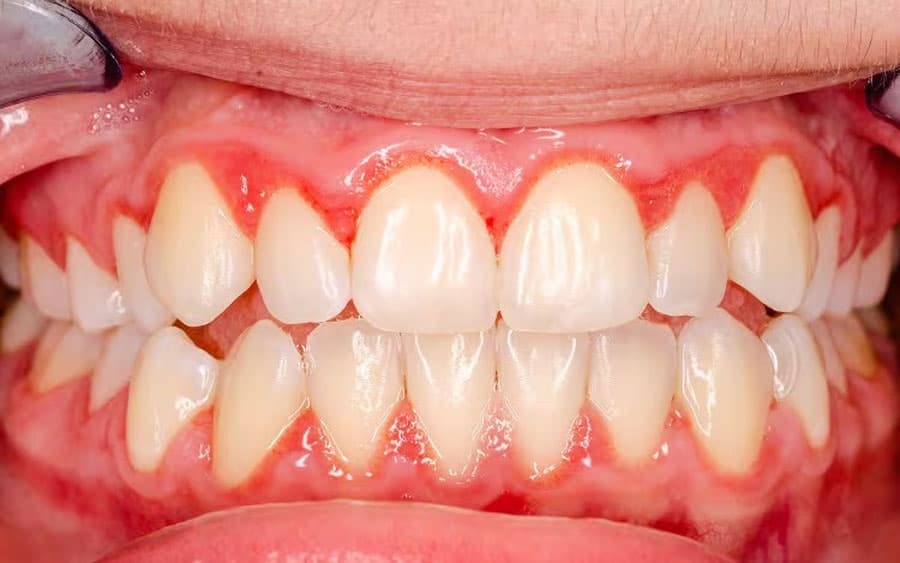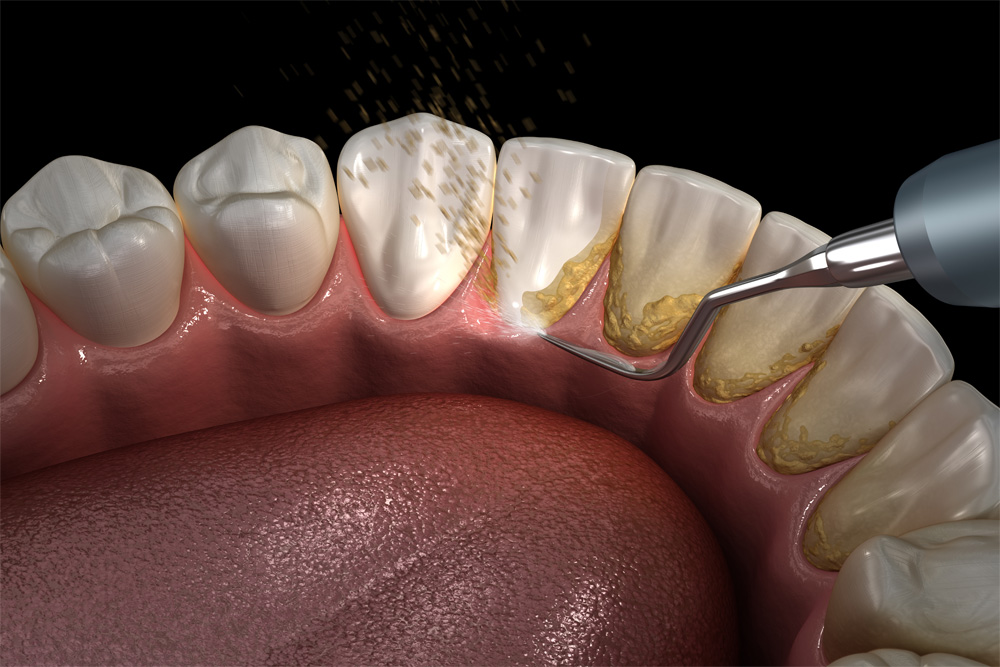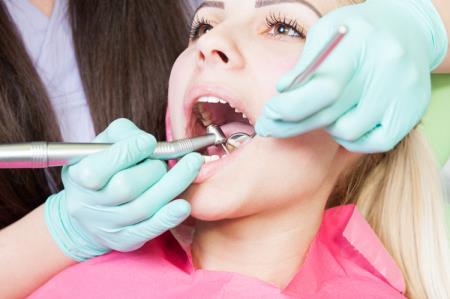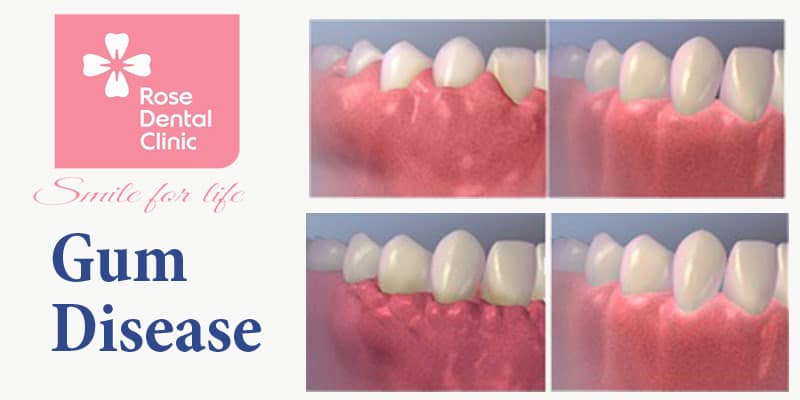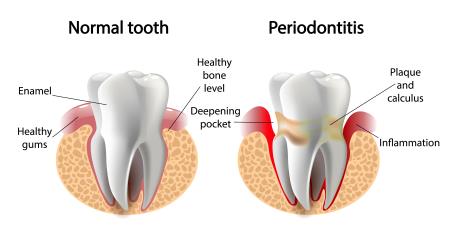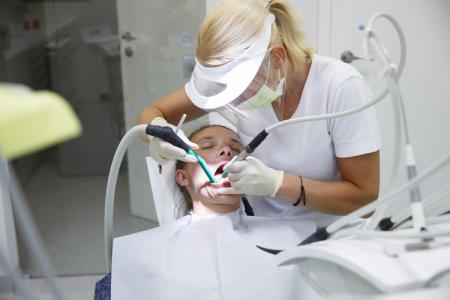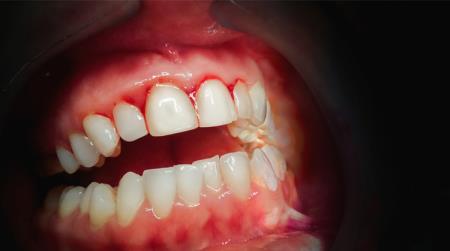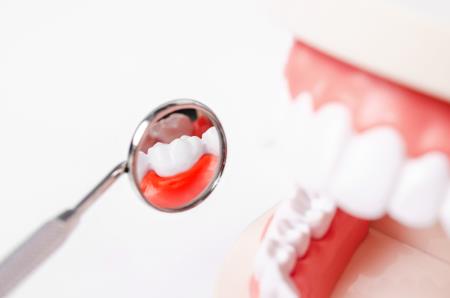Gum Disease
Did you know that in the world, according to WHO statistics, the rate of gingivitis is as high as 70–90%, depending on the country, and occurs in all ages? If gingivitis continues for a long time, you will encounter a number of dental diseases that will cause a loss of aesthetics for your smile. So what is gingivitis, its causes, and treatment? Let's answer with The East Rose Dental Clinic right below.
What is gingivitis and what are its symptoms?
Inflammation results from harmful agents attacking the gums, which is a common condition known as gingivitis. This is a serious dental problem and can cause many oral health problems, including gingivitis and deep gum disease.
Common symptoms of gingivitis include:
- Swelling and redness: Gums may become swollen and red due to an inflammatory reaction.
- Bleeding gums: One of the most characteristic signs of gingivitis are gums that bleed easily when brushing or flossing.
- Plaque and bacteria: Plaque is a layer of bacteria and lipids that can accumulate on the surface of teeth and gums, contributing to the development of infection.
- Change in colour of gums: gums can change colour from natural pink to red or purple due to infection.
Causes of gingivitis
- Gingivitis is the result of bacterial growth in the mouth, along with other factors such as genetics and lifestyle. Some reasons can be mentioned as follows:
- Plaque and bacteria: Bacteria exist naturally in our mouths and combine with foods and saliva to form plaque. If plaque is not removed by brushing and flossing properly, it can stimulate bacteria that cause gingivitis.
- Unhealthy eating can also contribute to the development of gingivitis and other oral health problems. Typical examples are eating too much sugar, eating acidic foods, and eating spicy foods.
- Smoking: Smoking is a major risk factor for developing gingivitis. Chemicals in cigarettes can irritate and damage gums.
- Other medical conditions: Certain other medical conditions, such as diabetes, immunological diseases, and haematological diseases, can also increase the risk of developing gingivitis.
Solution for treating gingivitis
When there are symptoms of gingivitis, patients should be more careful with their oral hygiene and receive treatment if necessary.
- First of all, you need to clean your teeth thoroughly, such as by brushing your teeth twice a day and regularly rinsing your mouth with saline. In particular, adjusting to a healthy lifestyle and eating habits can help reduce the risk of gingivitis recurring. This includes limiting your consumption of sugar, acidic foods, and foods that are likely to cause bacteria and plaque.
- If necessary, you need to go to a reputable dentist to check the level of gingivitis. The dentist will remove plaque and tartar (if any) through a professional cleaning process. This is often done through a procedure called deep cleaning or ultrasonic cleaning.
Hope the above information is useful for healthy smile care. If you feel your gingivitis is progressing, see your dentist immediately for timely treatment to avoid complications!
5 Important Symptoms of Gum Disease
Have you recently experienced bleeding gums when brushing your teeth? That could be one of the first warning signs that you have gum disease.
The importance of tartar removal
Tartar removal not only reveals your natural beauty but also helps protect your oral health as it can prevent up to 80% oral diseases. If you are still confused and wonder whether getting your tartar removed is a good idea or not, read on to find out!
What is Periodontal Disease and Types of Gum surgery?
Your dentist has recommended that you see a periodontist, a dental specialist who treats periodontal disease. Periodontal disease is a bacterial infection that infects the gum tissue causing inflammation, redness, swelling and loss of bone around the teeth. It can affect one tooth or many. The National Institute of Health reports that 80 percent of adults in the United States have some form of periodontal disease.
Periodontitis: Causes and Treatment
When was the last time you visited a dental clinic? How long has it been since your last dental exam? If you consider oral problems (such as gum bleeding, toothaches or sensitive teeth, etc.) a normal part of life, you should give it another thought.
Things to Know about Tooth Abscess
Tooth abscess is an oral disease that can cause severe complications without timely treatment. In this article, we’ll discuss the causes of tooth abscess, treatment options, and other essential information.
Things to know about dental tartar removal
Dental plaque or tartar build-ups happen to everyone. Is there a way to prevent their formation? And how can we get rid of them most effectively?
Bleeding Gum: Causes and Treatment
Bleeding gum is a sign that you may be having a serious dental health problem. Find out why and how to prevent it with Rose Dental.
Is tartar removal painful? Does it damage the enamel?
A major concern of many people before getting tartar removal is probably: Does it hurt? Whether the answer is “yes” or “no” depends on many factors. However, don’t let the fear of pain scare you off!
Gingivitis: Causes and Treatment
Gingivitis is a reversible form of gum disease. Affecting only the attached and free gingival tissue that surrounds your teeth, bacteria that invades the area below your gumline, known as the sulcus or periodontal pocket, causes gingivitis to develop and eventually manifest into periodontitis, if left untreated.
 English
English  Tiếng Việt
Tiếng Việt
